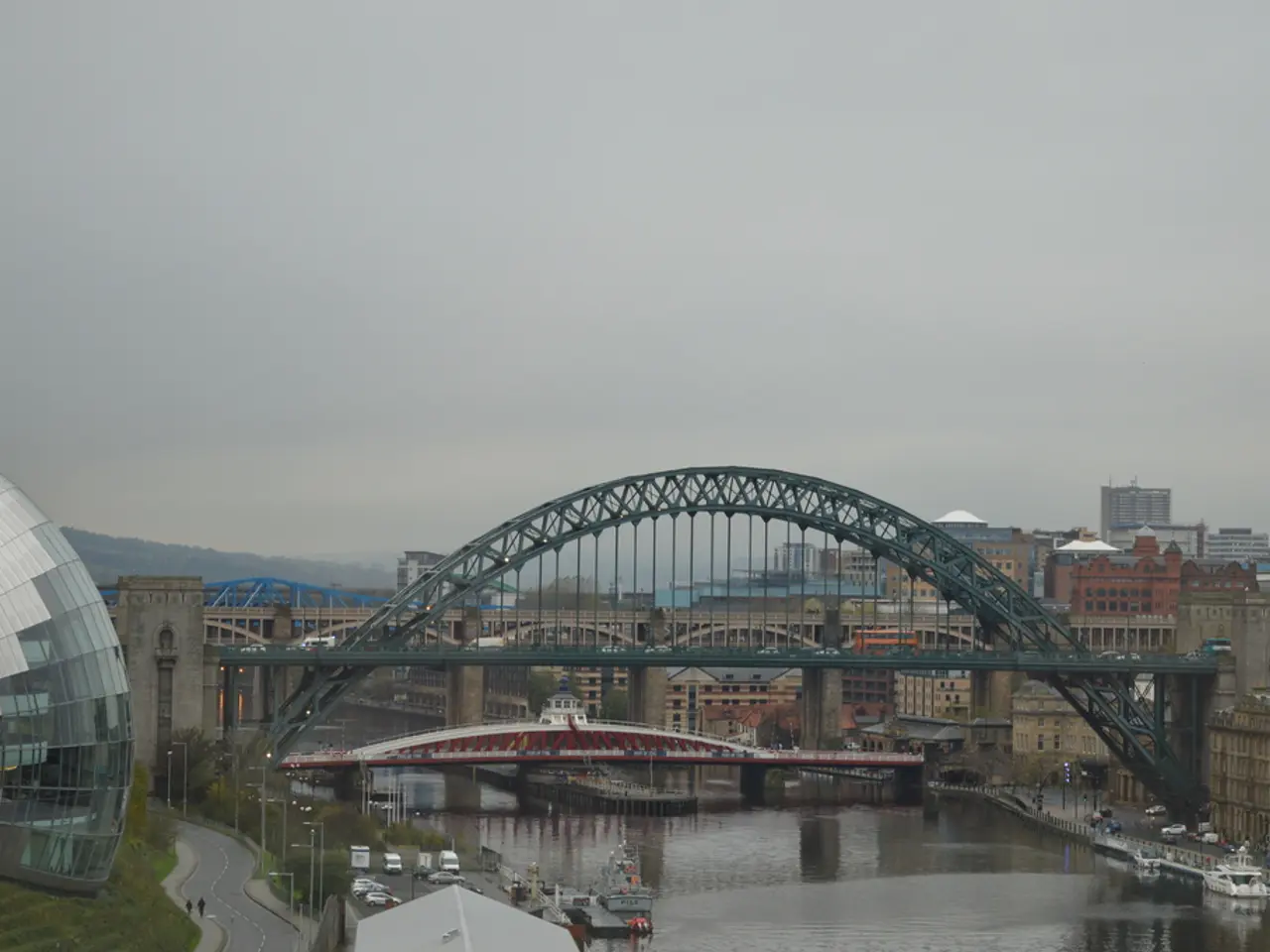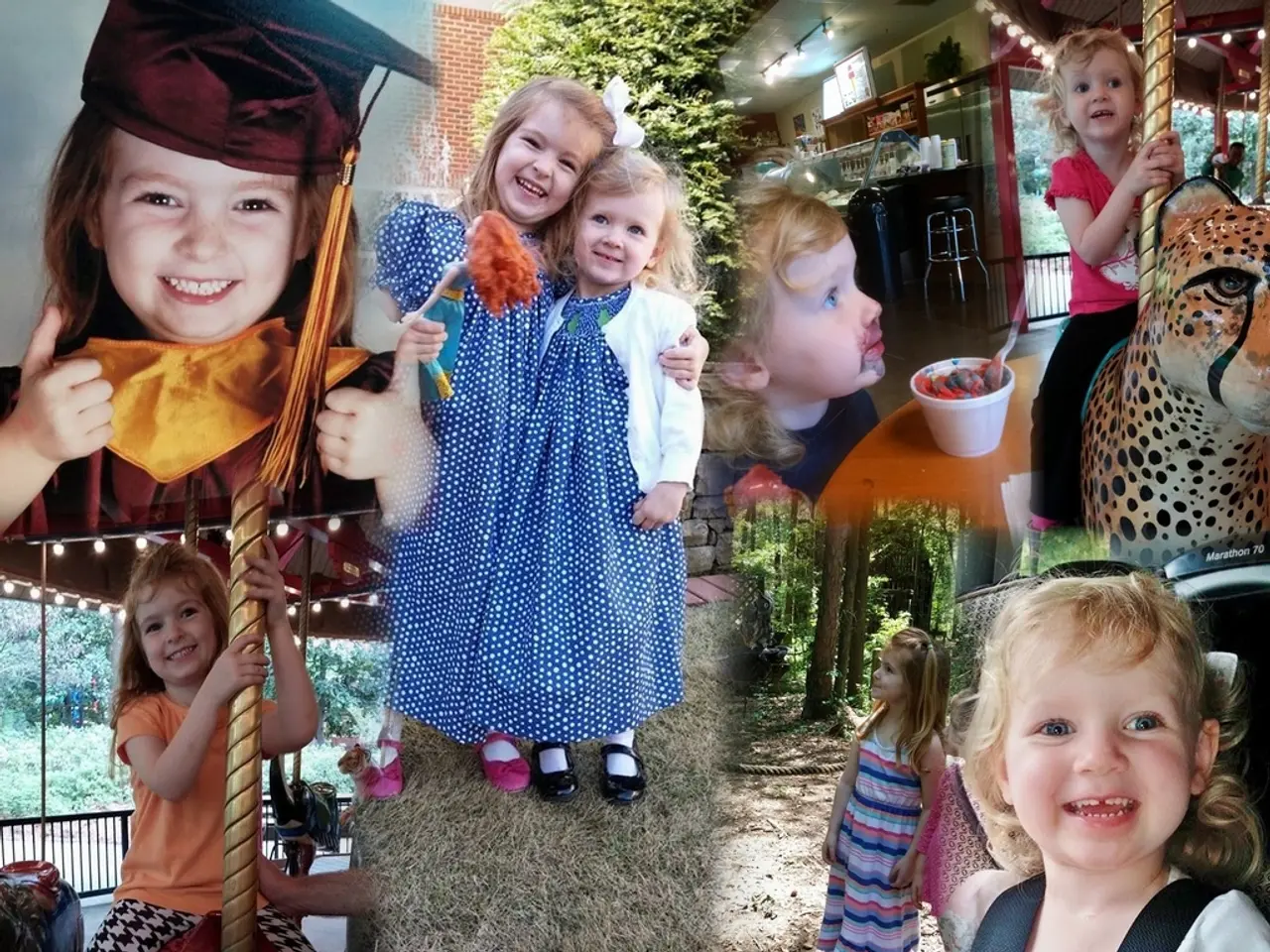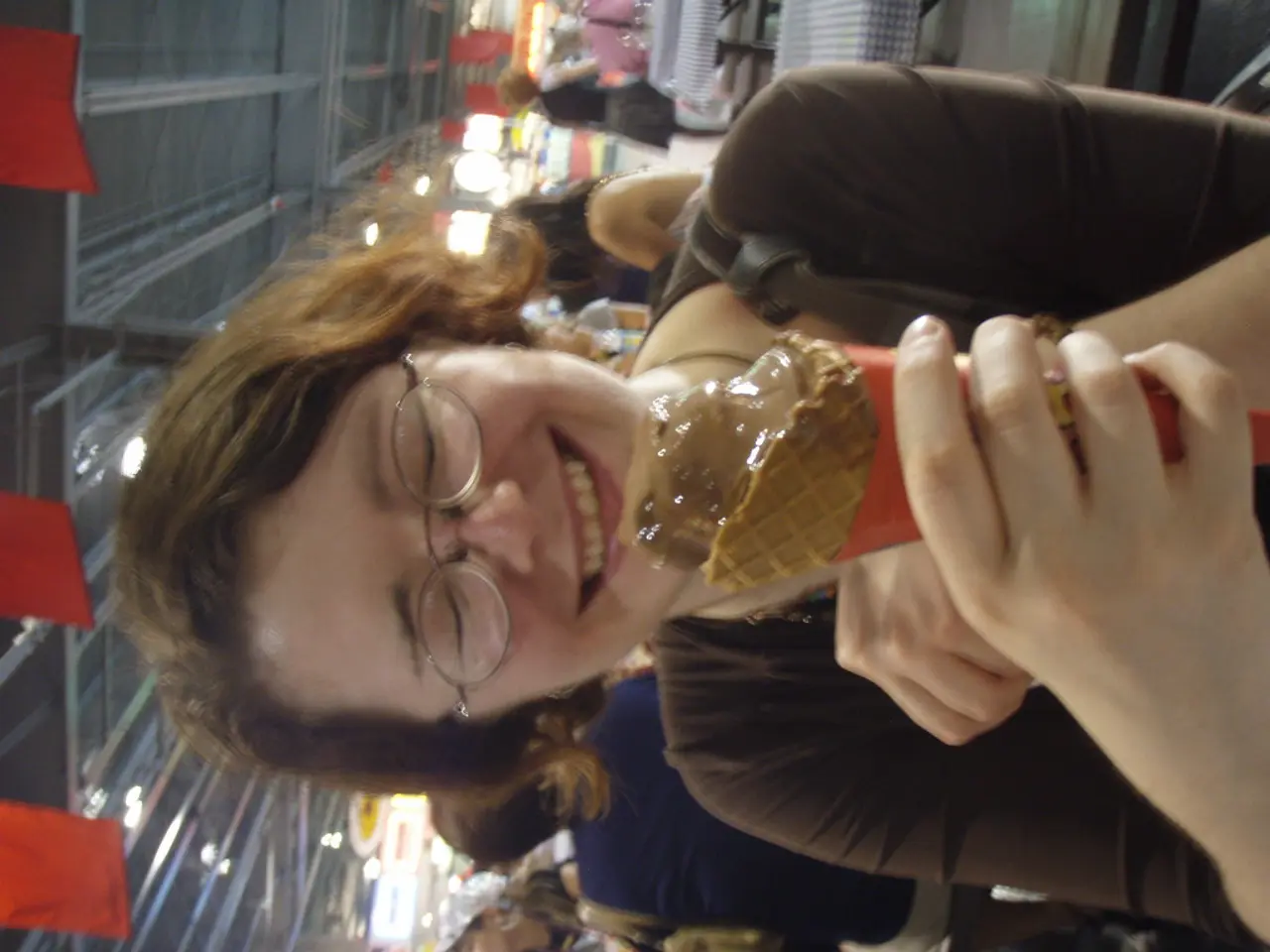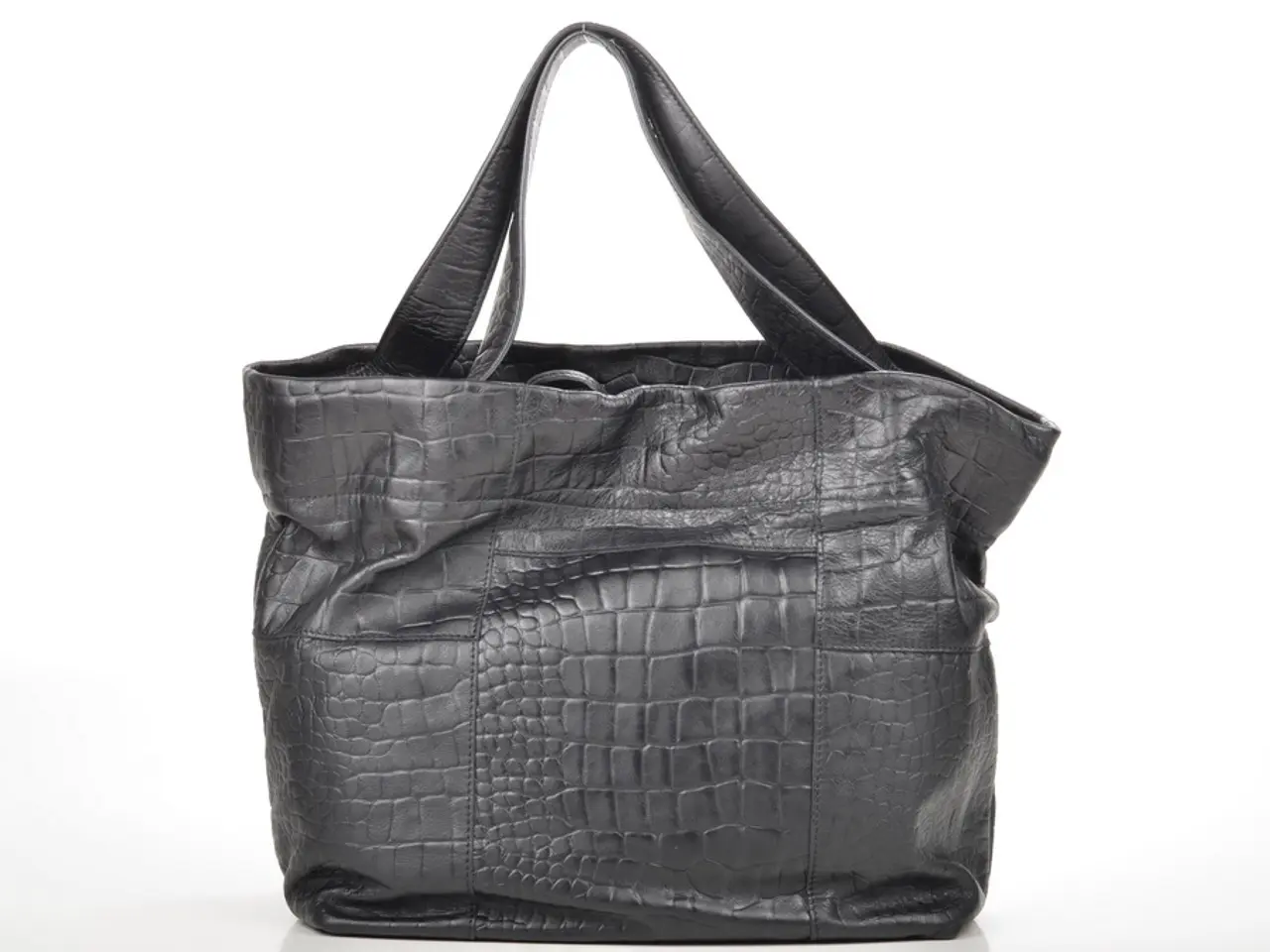Carlos Agredano Tracks the Damaging Consequences of Los Angeles' Air Quality
In the heart of Los Angeles, artist Carlos Agredano's work critically examines the environmental and social consequences of the city's freeway system on local communities. Agredano's artistic practice sheds light on the histories of discriminatory urban development that have shaped these freeways, revealing how such infrastructure projects have disproportionately and negatively impacted communities of colour through environmental racism.
Agredano's canvases are famously 'stained' with blooms of smog and debris, a metaphor for the polluted air and degraded landscapes that result from freeway proximity and industrial expansion in Los Angeles. His art reflects bodily displacement and fragmentation, paralleling the physical and social disruptions caused by freeway construction.
Recently, Agredano exhibited a sculpture called FUME at the Los Angeles Nomadic Art Division (LAND). This travelling sculpture, mounted on a black 1992 Toyota Pickup, is equipped with air quality sensors. One sensor monitors the output from the truck's exhaust pipe, while another measures ambient air quality. FUME is designed to quantify the impact of air pollution on communities, particularly in working-class communities of colour.
Agredano's medium is smog, and he considers the city of Los Angeles as his artistic assistant. In 2019, he created a piece called Collector, which was polluted in his childhood home's backyard over a year. The title of Collector also references the acquisition and circulation of art objects within the art world. Polluted in the predominantly Latino Lynwood, a city bordering South Los Angeles where Agredano grew up, Collector points out how conceptions of "dirty" and "clean" can be racially coded.
Agredano invokes the Bracero Program, where Mexican laborers were sprayed with DDT during World War II, as a historical example of racially coded "dirty" conceptions. FUME and Collector serve as powerful commentaries on how the freeway system in Los Angeles has contributed to environmental injustice, highlighting the intersection of urban planning, racial discrimination, and ecological harm within the city's marginalized communities.
Agredano's collaborative project, a form of "sous-veillance," or "a view from below," captures what was "created against our will and creates a document of it." In a recent exhibition titled *Second Body*, Agredano collaborated with local artists, inviting them to create works on or around freeways significant to them. These artists' works reappropriate privatized, policed, or abandoned spaces along the freeways for the commons, turning them into sites of resistance and invention.
In conclusion, Carlos Agredano's artistic practice serves as a powerful commentary on how the freeway system in Los Angeles has contributed to environmental injustice. His work underscores the need for heightened awareness of air quality in affected neighbourhoods and serves as a call to action for a more equitable and sustainable urban future.
[1] References: Agredano, C. (2021). Carlos Agredano: Fume. Los Angeles Nomadic Art Division (LAND). Retrieved from https://landla.org/projects/carlos-agredano-fume/ Agredano, C. (2019). Carlos Agredano: Collector. Los Angeles Nomadic Art Division (LAND). Retrieved from https://landla.org/projects/carlos-agredano-collector/ Agredano, C. (2018). Carlos Agredano: Smog for Breathing. The Museum of Contemporary Art, Los Angeles. Retrieved from https://www.moca.org/exhibitions/6711/carlos-agredano-smog-for-breathing
- Carlos Agredano's sculpture FUME, displayed at the Los Angeles Nomadic Art Division (LAND), quantifies the impact of air pollution on communities, particularly those of color.
- Agredano's work, such as FUME and Collector, serve as commentaries on environmental injustice in Los Angeles, highlighting the intersection of urban planning, racial discrimination, and ecological harm.
- In his artistic practice, Agredano seeks to shed light on the histories of discriminatory urban development that have shaped Los Angeles' freeway system.
- Agredano's sculpture Collector was polluted in his childhood home's backyard over a year and references the acquisition and circulation of art objects within the art world.
- The medium Agredano uses is smog, and he considers the city of Los Angeles as his artistic assistant.
- Agredano's collaborative project, Second Body, captures what was "created against our will and creates a document of it."
- In Second Body, Agredano collaborates with local artists to reappropriate privatized, policed, or abandoned spaces along the freeways for the commons, turning them into sites of resistance and invention.
- Agredano's work serves as a call to action for a more equitable and sustainable urban future, highlighting the need for awareness of air quality in affected neighborhoods.




